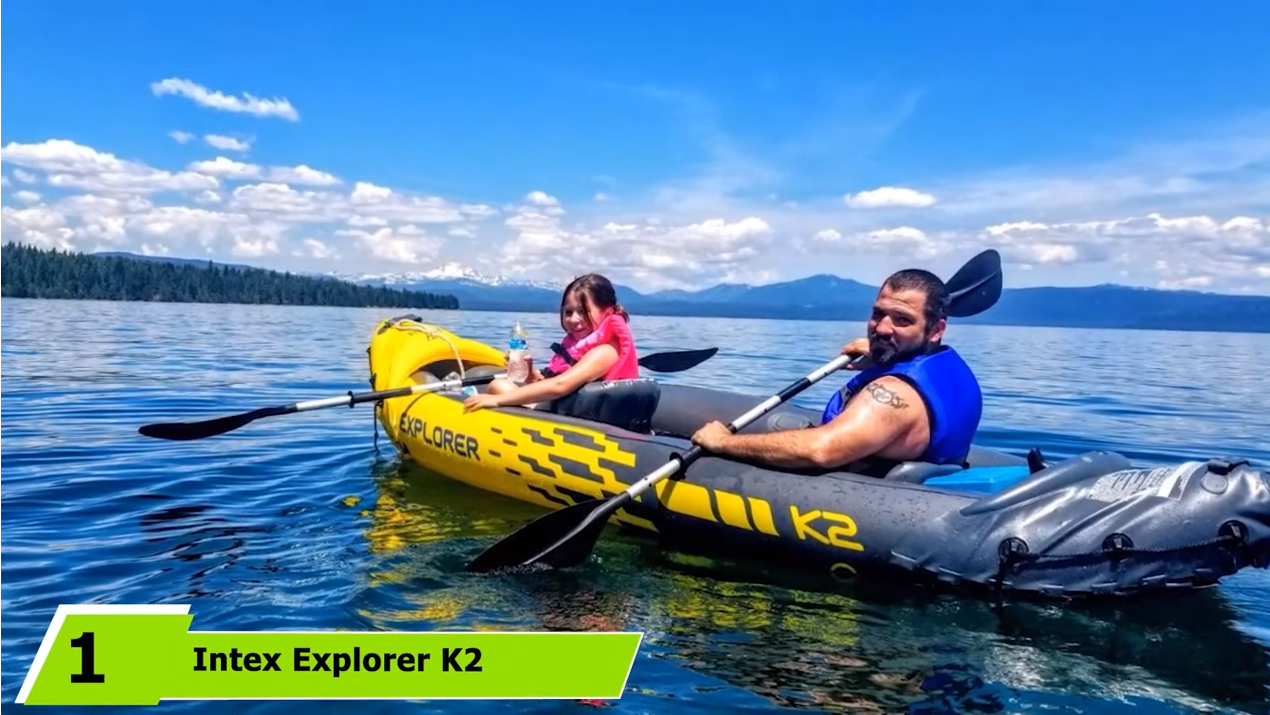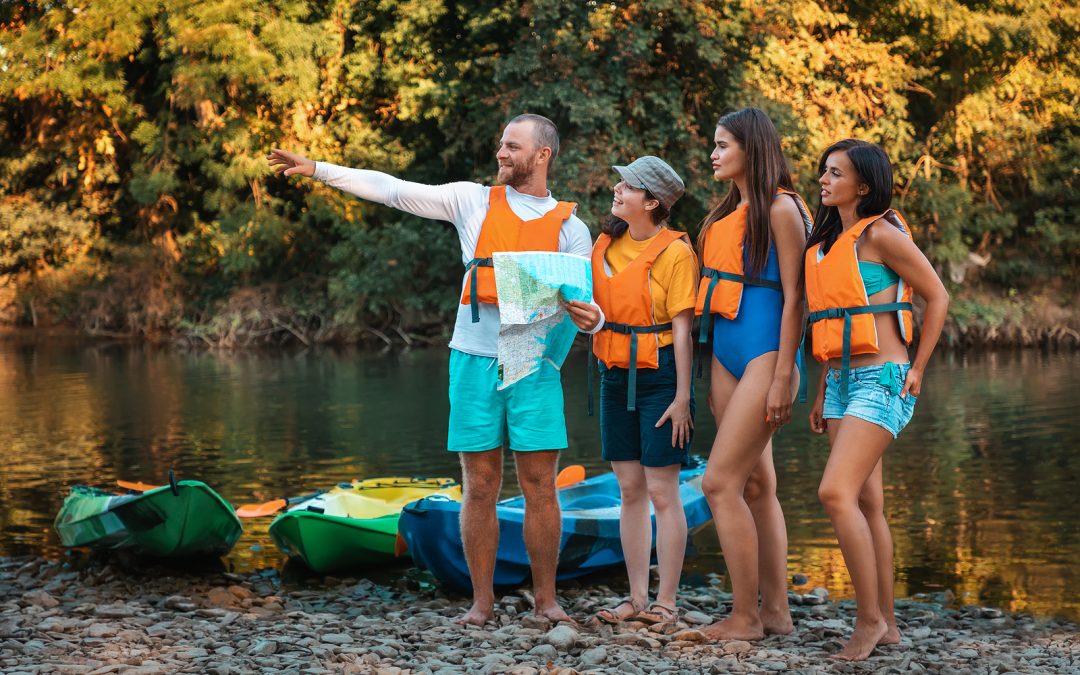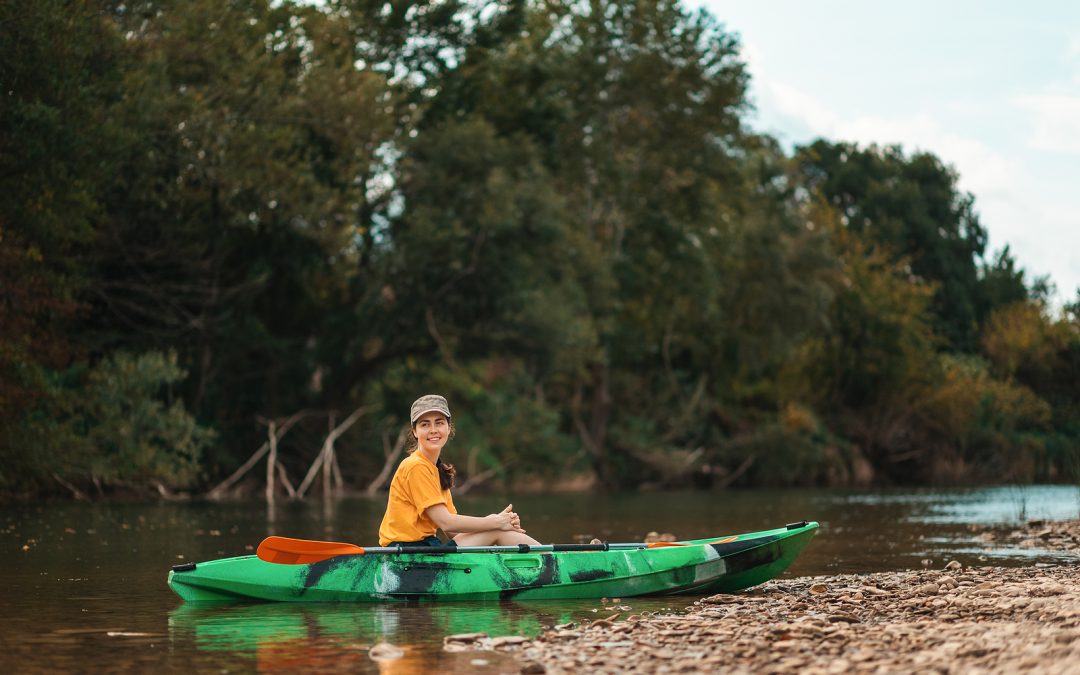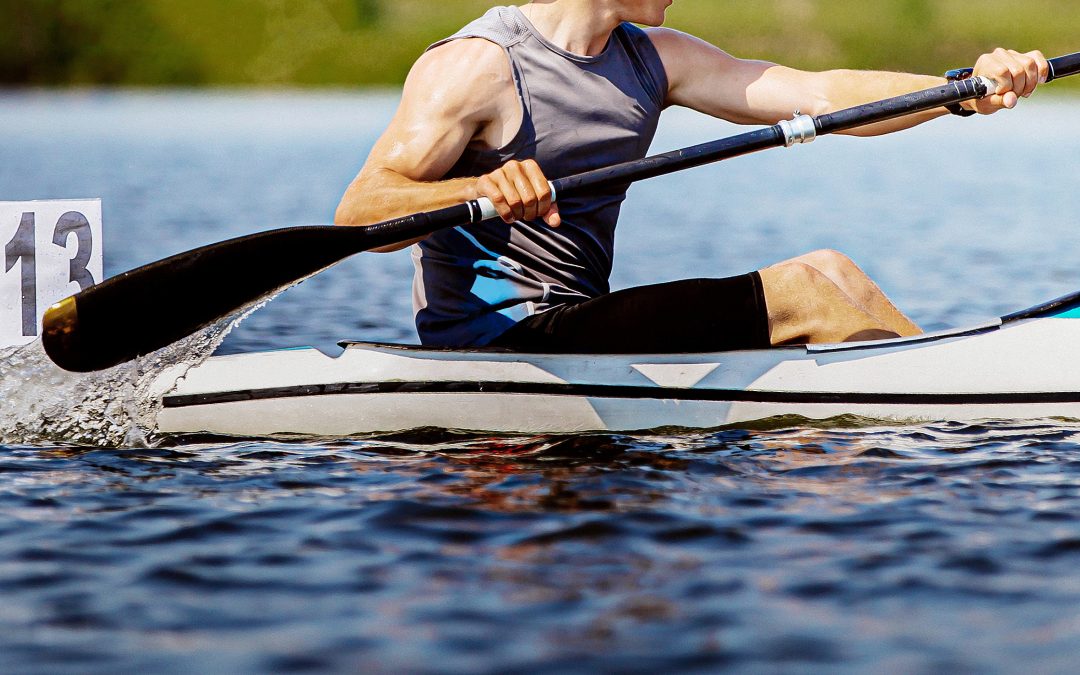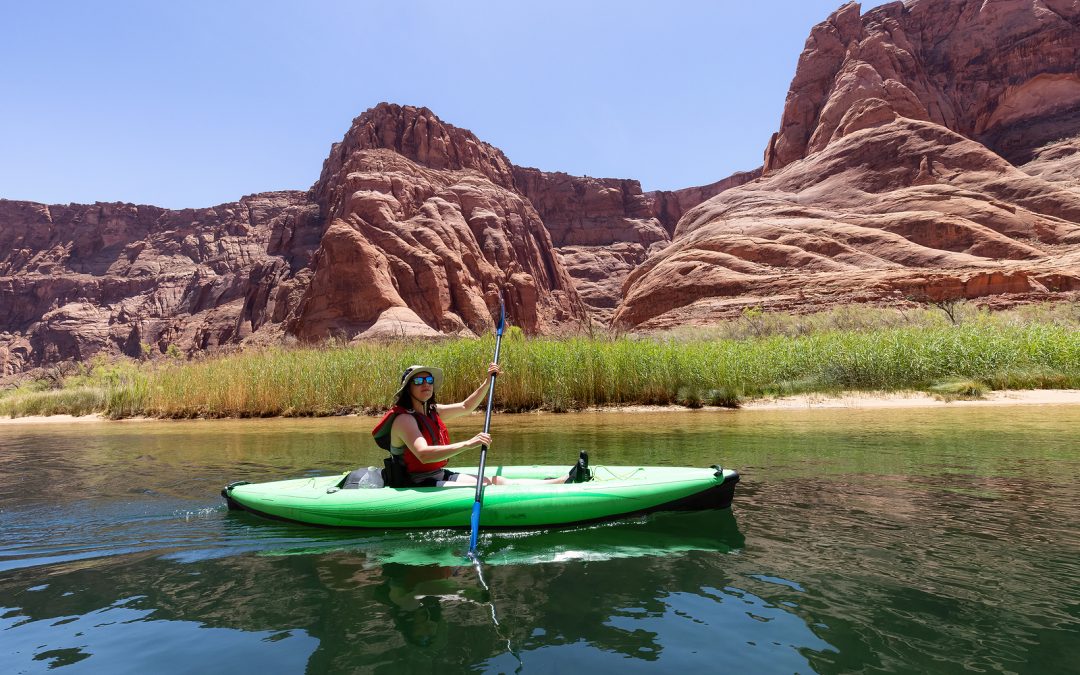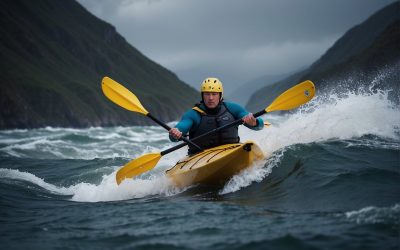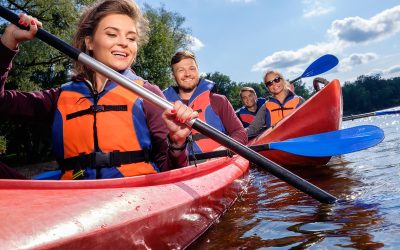- Master Basic Techniques: Before advancing to more complex maneuvers, ensure you have a strong grasp of fundamental paddle strokes, such as the forward stroke, backward stroke, and sweep stroke.
- Seek Instruction: Consider enrolling in advanced kayaking courses or seeking guidance from experienced paddlers to learn proper techniques and safety protocols.
- Practice Rescues: Familiarize yourself with rescue techniques, including self-rescue and assisted rescues, to enhance your preparedness for unexpected situations on the water.
- Upgrade Equipment: As you progress, invest in high-quality gear that suits your advanced kayaking needs, such as a reliable spray skirt and safety equipment.
- Build Endurance: Focus on improving your physical fitness and endurance to handle longer paddling excursions and more challenging conditions.
By gradually incorporating these tips into your kayaking journey, you can effectively transition from a beginner to an advanced paddler while prioritizing safety and skill development.
There are certain tips and techniques that beginners can start incorporating early in their kayaking journey to build a solid foundation. These tips focus on refining basic skills and introducing concepts that will benefit beginners as they progress. Here are some advanced kayaking tips for beginners:
- Proper Paddle Grip and Technique:
- Ensure you have a solid grip on the paddle, with hands shoulder-width apart. Practice a high-angle paddling technique, keeping the blade close to the kayak for efficient strokes.
- Forward Stroke Efficiency:
- Work on maximizing the efficiency of your forward stroke. Engage your core muscles and rotate your torso with each stroke to transfer power efficiently.
- Mastering the Sweep Stroke:
- Learn the sweep stroke for turning. This wide, sweeping stroke is essential for effective maneuvering. Practice on both sides to improve your overall control.
- Edging the Kayak:
- Practice edging your kayak by slightly tilting it to one side. This helps in turning and maintaining stability in different water conditions.
- Bracing Techniques:
- Start incorporating low brace and high brace techniques for stability. These are foundational skills that will become crucial as you encounter rougher waters.
- Building Stamina and Endurance:
- Gradually increase your paddling duration to build stamina. This will prepare you for longer kayaking trips and more challenging conditions.
- Understanding Water Dynamics:
- Learn to read water currents, waves, and eddies. Understanding how water behaves will help you navigate more efficiently and make informed decisions on the water.
- Paddle Float Rescue Practice:
- Introduce yourself to basic rescue techniques, starting with a paddle float rescue. This is a fundamental self-rescue skill that can boost your confidence in open water.
- Navigation and Route Planning:
- Begin practicing basic navigation skills using a map and compass. Plan your routes in advance, considering factors like tides, currents, and wind direction.
- Wet Exit and Eskimo Rescue Awareness:
- Familiarize yourself with wet exits (exiting the kayak while in the water) and the concept of Eskimo rescues. While these are more advanced rescue techniques, having an awareness of them is beneficial.
- Capsize Prevention:
- Work on preventing capsizes by maintaining a stable and balanced posture in your kayak. Practice bracing and edging to stay upright in different situations.
- Introduction to Rolling:
- Start learning the basics of rolling. While a full roll may be considered an advanced skill, becoming familiar with the concept early on can make the learning process smoother in the future.
- Kayak Comfort and Fit:
- Adjust the foot pegs, seat, and backrest for optimal comfort and control. A well-fitted kayak contributes to better paddling performance.
- Respecting Weather Conditions:
- Develop an understanding of how weather conditions can impact kayaking. Learn to interpret weather forecasts and make informed decisions about when and where to paddle.
Remember, safety is paramount, and it’s crucial to progress at your own pace. Consider taking a kayaking course or seeking guidance from experienced paddlers to refine your skills further. As you become more comfortable on the water, these advanced tips will contribute to a more enjoyable and skillful kayaking experience.
Key Takeaways:
- Choosing the right kayak is critical for your comfort and success on the water.
- Mastering the paddle is about technique, not just strength.
- Safety is paramount – never compromise on your personal flotation device.
- Understanding the water’s language is key to navigating rapids.
- Respect for nature and fellow kayakers ensures a harmonious experience.
Choosing the Right Kayak
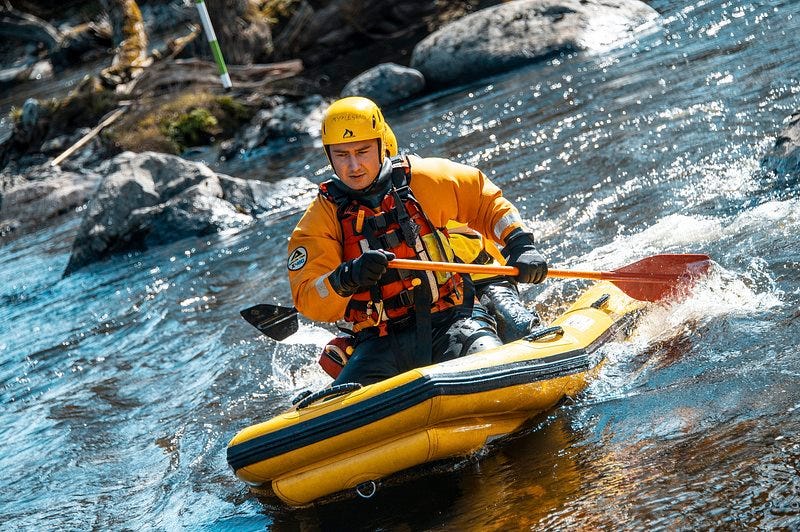
When you’re starting out, the sea of kayak options can seem overwhelming. But don’t worry, I’ve got you covered.
Single vs. Tandem: Pros and Cons
Single kayaks are nimble and allow you to hone your skills, while tandems are great for bonding and can be more stable. Consider your goals before choosing.
- Single Kayaks: Perfect for solo adventures and improving personal technique.
- Tandem Kayaks: Ideal for partners or those who prefer company and shared effort.
Remember, tandems can be a test of patience and coordination, so choose wisely!
Understanding Kayak Dimensions for Stability
Longer kayaks track better but are less maneuverable. Wider kayaks offer more stability, which is great for beginners.
Sit-On-Top vs. Sit-Inside Kayaks
Sit-on-top kayaks are user-friendly, easy to get in and out of, and self-draining. Sit-inside kayaks offer more protection from the elements.
- Sit-On-Top: Great for warm climates and easy recovery if you capsize.
- Sit-Inside: Better for cooler waters and those who want a drier ride.
Think about where you’ll be paddling and the conditions you’ll face.
Mastering the Paddle

Your paddle is your engine on the water. It’s not just about power; it’s about finesse.
Essential Strokes for Steering and Speed
Forward, reverse, sweep, and draw strokes are your bread and butter. Practice them until they’re second nature.
Blade Orientation and Efficiency
Keep the concave part of the paddle blade facing you to slice through the water with less effort and more power.
- Angle your strokes for more efficiency.
- Use torso rotation to save your arms from fatigue.
It’s not just your arms doing the work; your whole body should be involved.
Kayaking Safety Essentials

No matter how experienced you are, safety should always come first.
Personal Flotation Devices: Non-Negotiables
You must wear a well-fitted PFD (Personal Flotation Device) at all times. No exceptions.
- Fit: Your PFD should fit snugly without restricting movement.
- Visibility: Bright colors can help rescuers spot you if you’re in trouble.
Most importantly, a PFD can save your life, so wear it with pride.
Planning for Unpredictable Weather Conditions
Check the forecast, but be prepared for anything. Weather on the water can change in an instant.
- Bring layers to adjust to changing temperatures.
- Always have a plan for seeking shelter if a storm rolls in.
Because you never know what Mother Nature has in store, being prepared is key.
Techniques for Navigating Rapids

Rapids can be exhilarating, but they demand respect and skill.
Reading River Currents: Eddies and Waves
Understanding the river’s flow is like speaking its language. Eddies are calm spots behind obstacles, while waves can signal rocks or drops.
- Use eddies to rest and plan your next move.
- Observe the water’s pattern to anticipate what’s ahead.
By reading the water, you become one with the river’s rhythm.
Bracing to Prevent Capsizing
Bracing is your kayak’s emergency brake. Use low and high braces to keep upright when you hit turbulence.
- Low Brace: Use when you feel a slight tip.
- High Brace: Use for more aggressive support.
Practice bracing in calm water to build your confidence for when you’ll really need it.
Launching and Landing

Getting in and out of your kayak gracefully is an art form.
Proper Techniques for Safe Launch
Start in shallow water, stabilize your kayak, and slide in smoothly. Use your paddle for balance as you sit down.
Secure Landings to End Your Adventure
Approach the shore straight on and wait for your kayak to ground gently before exiting. Take your time to avoid a tumble.
Kayaking Etiquette
The waterways are for everyone. Show respect and you’ll receive it in return.
Respect for Nature and Fellow Kayakers
Keep noise to a minimum, leave no trace, and be mindful of others’ space. We’re all out here to enjoy the serenity of nature.
Right-of-Way Rules on the Water
Powered boats generally have the right-of-way, but always be prepared to steer clear to avoid collisions.
Maintaining Your Kayak
A well-maintained kayak is a reliable kayak. Take care of it, and it will take care of you.
- Wash your kayak after each use, especially if you’ve been in saltwater.
- Check for wear and tear regularly, and address any issues immediately.
- Store your kayak out of direct sunlight to prevent UV damage.
Because your kayak is your trusty steed, treat it with respect.
Cleaning and Storage Best Practices
Rinse off any debris and let your kayak dry completely before storing. Keep it in a cool, dry place, preferably on its side or hanging from straps to maintain its shape.
- Avoid dragging your kayak on the ground to prevent scratches and holes.
- Use cockpit covers to keep spiders and critters out when not in use.
Therefore, a little effort in upkeep goes a long way in extending your kayak’s life.
Routine Kayak Inspection Checklist
Before each trip, run through a quick checklist to ensure everything is shipshape.
- Check the hull for damage or weak spots.
- Ensure all fittings and fixtures are secure.
- Verify that your safety gear is in good condition and easily accessible.
Because safety and performance are intertwined, never skip your pre-launch inspection.
FAQs for First-Time Kayakers
Got questions? Don’t worry, every seasoned kayaker started where you are now.
What is the best type of kayak for a beginner?
The best type for a beginner is a stable, user-friendly kayak, like a wider recreational kayak or a sit-on-top model. These are forgiving and allow you to focus on learning without worrying too much about balance.
How do I know what size paddle to use?
Your height and the width of your kayak will determine the length of your paddle. A general rule is that taller individuals or those with wider kayaks will need longer paddles.
Is it easy to flip a kayak, and what should I do if it happens?
Kayaks can flip, but with proper technique, it’s not a common occurrence. If you do flip, stay calm, keep your PFD on, and follow your training to right the kayak or wet exit safely.
What should I wear for kayaking in different environments?
- In warm conditions, wear a swimsuit or quick-dry clothing and always apply sunscreen.
- In colder waters, consider a wetsuit or drysuit for insulation.
- Always have a change of clothes handy in case you get wet.
Therefore, dressing appropriately can make the difference between an enjoyable day and a miserable one.
Do I need to take a course before going out on my own?
While not mandatory, a kayaking course is highly recommended. It will teach you the basics of paddling, safety, and rescue techniques, giving you confidence on the water.
Most importantly, remember that kayaking is about enjoyment and connection—with nature, with the water, and with yourself. Take your time to learn, practice, and savor every moment on the water. Happy paddling!
Conclusion: Advanced Kayaking Tips for Beginners
Embarking on the journey of kayaking as a beginner is both exciting and rewarding. While the term “advanced” is typically associated with experienced paddlers, the incorporation of certain tips and techniques early in your kayaking adventure can set the foundation for skill progression. Here’s a summary of the advanced kayaking tips for beginners:
- Foundational Techniques:
- Focus on mastering proper paddle grip, forward strokes, and fundamental turning techniques like the sweep stroke.
- Body Movement and Edging:
- Engage your core and practice edging your kayak to improve stability and control.
- Bracing Skills:
- Introduce low and high brace techniques to enhance stability in varying water conditions.
- Building Stamina:
- Gradually increase paddling duration to build endurance for longer journeys.
- Water Understanding:
- Learn to read water dynamics, currents, and waves to navigate more efficiently.
- Basic Rescue Techniques:
- Begin with paddle float rescues to boost confidence in self-rescue situations.
- Navigation and Route Planning:
- Develop basic navigation skills using a map and compass and plan routes considering environmental factors.
- Eskimo Roll Awareness:
- Familiarize yourself with the concept of rolling to prepare for future learning.
- Capsize Prevention:
- Practice techniques like bracing and edging to prevent capsizes in different scenarios.
- Comfort and Fit:
- Ensure your kayak is properly fitted for optimal comfort and control.
- Weather Awareness:
- Understand how weather conditions can impact kayaking and make informed decisions based on forecasts.
- Rolling Introduction:
- Begin learning the basics of rolling to lay the groundwork for advanced rolling techniques.
Remember to progress at your own pace, prioritize safety, and consider seeking professional instruction or joining a kayaking group for further guidance. As you become more proficient, these advanced tips will contribute to a more confident and enjoyable kayaking experience. Happy paddling!



